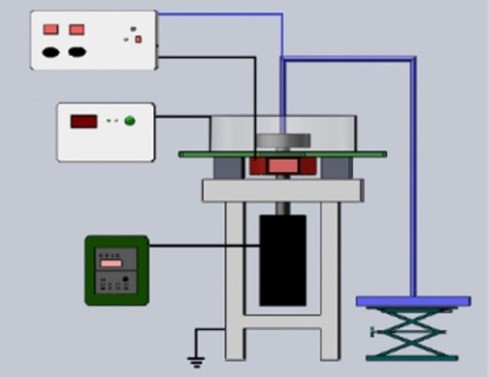
Effect of scaffold morphology and cell co-culture on tenogenic differentiation of HADMSC on centrifugal melt electrospun poly (L-lactic acid) fibrous meshes
ShaohuaWu, Hao Peng, Xiuhong Li, PhilippNStreubel, Yong Liu* and Bin Duan*
Abstract:Engineered tendon grafts are promising alternatives to autografts for the repair of tendon tears and ruptures. Current major challenges, including inappropriate scaffold structure and inferior vascularization in the native tendon tissue, limit the clinical application of tissue-engineered tendon grafts. In this study, we developed a novel centrifugal melt electrospinning (CME) technique. The effects of CME processing parameters, including rotational speed, voltage and temperature, on fiber properties (i.e. orientation, mean diameter, and productivity) were systematically investigated. By using this solvent-free and environment-friendly method, we fabricated both random and aligned poly (L-lactic acid) (PLLA) fibrous scaffolds with controllable mesh thickness. We seeded human adipose derived mesenchymal stem cells (HADMSC) on various PLLA fibrous scaffolds and conditioned the constructs in tenogenic differentiation medium (TDM) for up to 21 days, in order to investigate the effects of fiber alignment and scaffold thickness on cell behaviors. Analysis of the morphology of adherent HADMSC indicated that aligned, fibrous, topographic features induced cell elongation and orientation through a contact guidance phenomenon and promoted HADMSC proliferation and differentiation towards tenocytes. At the early stage, thinner scaffolds were beneficial for ADMSC proliferation, but the scaffold thickness had no significant effects on cell proliferation for longer term cell culture. We further co-seeded HADMSC and human umbilical vein endothelial cells (HUVEC) on aligned PLLA fibrous mats and determined how the vascularization affected HADMSC tenogenesis. It was demonstrated that co-cultured HADMSC-HUVEC expressed more tendon fibroblasts-related markers on the aligned fibrous scaffold. The co-culture systems promoted in vitro HADMSC differentiation towards tenocytes. These findings demonstrated the potential of fibrous scaffolds with aligned fiber architectures, under the proper combination of cell co-culture, for tendon-related injuries or diseases regeneration.(原文链接:https://doi.org/10.1088/1758-5090/aa8fb8)

图1新型离心熔融静电纺丝(CME)装置示意图

图2 PLLA有序纤维支架促进联合培养的HADMSC和HUVEC细胞在体外腱的分化和生长